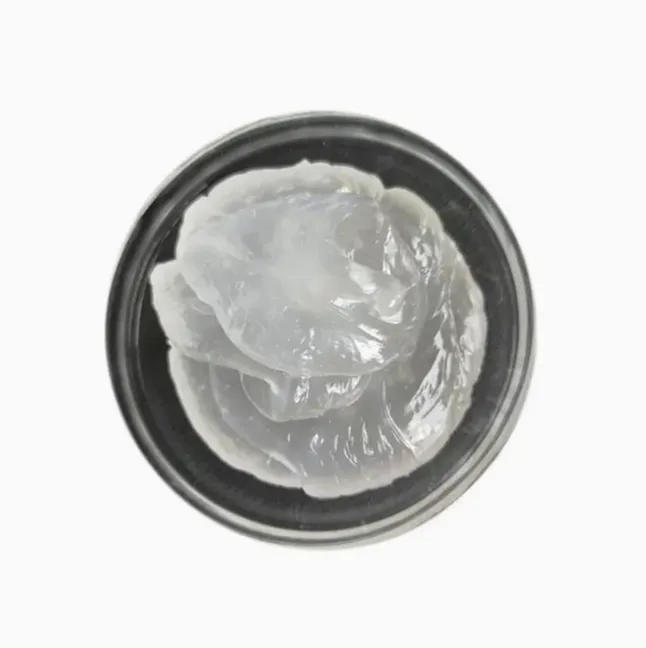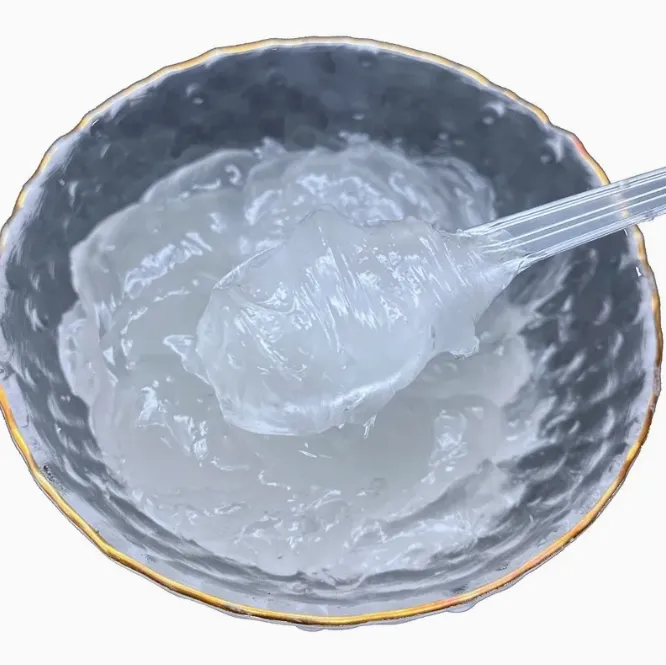Warning: Undefined array key "title" in /home/www/wwwroot/HTML/www.exportstart.com/wp-content/themes/1198/header.php on line 6
Warning: Undefined array key "file" in /home/www/wwwroot/HTML/www.exportstart.com/wp-content/themes/1198/header.php on line 7
Warning: Undefined array key "title" in /home/www/wwwroot/HTML/www.exportstart.com/wp-content/themes/1198/header.php on line 7
Warning: Undefined array key "title" in /home/www/wwwroot/HTML/www.exportstart.com/wp-content/themes/1198/header.php on line 7
- Afrika
- basa Albania
- Amharik
- Arab
- Arménia
- Azerbaijan
- Basque
- Bélarus
- Benggala
- Bosnia
- basa Bulgaria
- Katalan
- Cebuano
- Cina
- Cina (Taiwan)
- Korsika
- Kroasia
- Ceko
- Denmark
- Walanda
- Inggris
- Ésperanto
- Éstonia
- Finlandia
- Perancis
- Frisian
- Galician
- Georgian
- Jerman
- Yunani
- Gujarati
- Kréol Haiti
- hausa
- Hawai
- Ibrani
- Heueuh
- Miao
- Hungaria
- Islandia
- igbo
- basa Indonésia
- Basa Irlandia
- Italia
- Basa Jepang
- basa Jawa
- Kannada
- kazakh
- Khmer
- Rwandan
- Koréa
- Kurdi
- Kirgiz
- TB
- Latin
- Lativia
- Lituania
- Luksemburg
- Makedonia
- Malgashi
- Malayu
- Malayalam
- Malta
- Maori
- Marathi
- Mongol
- Myanmar
- Nepali
- Norwegia
- Norwegia
- Occitan
- Pashto
- Pérsia
- Polandia
- Portugis
- Punjabi
- Romania
- Rusia
- Samoan
- Gaelik Skotlandia
- Sérbia
- Inggris
- Shona
- Sindhi
- Sinhala
- Slowakia
- Slovénia
- Somali
- Spanyol
- Sundanese
- basa Swahili
- Swédia
- Tagalog
- Tajik
- Tamil
- Tatar Sunda
- Telugu
- Thai
- Turki
- Turkmén
- Ukrania
- Basa Urdu
- Uighur
- Uzbek
- Vietnam
- Welsh
- Tulung
- Yiddish
- Yoruba
- Zulu
Jun . 17, 2025 11:00 Balik deui ka daptar
Sustainability Trends Reshaping the SLES N70 Market
The sodium lauryl ether sulfate 70 (SLES N70) market, a cornerstone of the global surfactant industry, is undergoing a seismic shift as sustainability becomes a non-negotiable priority. Known for its high foaming and cleansing properties, sles n70 is widely used in shampoos, detergents, and industrial cleaners. However, rising environmental concerns, regulatory pressures, and consumer demand for greener products are driving innovation and altering sles 70 price dynamics. This article explores how sustainability trends are transforming production practices, supply chains, and cost structures in the wholesale sles n70 sector.

The Rise of Bio-Based Alternatives in Sles N70 Production
Traditional sodium lauryl ether sulfate 70 relies on petrochemical-derived ethylene oxide and lauryl alcohol, processes criticized for their carbon footprint. In response, manufacturers are pivoting to bio-based feedstocks like coconut or palm kernel oil. These renewable sources reduce reliance on fossil fuels and align with circular economy principles. For instance, companies like KLK OLEO now offer "green" sles n70 variants, though production costs remain 15–20% higher than conventional methods.
For wholesalers, this shift presents both challenges and opportunities. While bio-based sles n70 commands premium sles 70 price points, it caters to brands targeting eco-conscious consumers. Bulk buyers must balance cost considerations with increasing client demands for sustainable certifications (e.g., USDA BioPreferred, ECOCERT). Additionally, supply chain transparency is becoming critical, as ethically sourced palm oil avoids deforestation-linked backlash.

How Sustainability Initiatives Impact Sles 70 Price Dynamics
Sustainability-driven reforms are reshaping Sles 70 price trends. Carbon taxes in the EU and emissions trading systems (ETS) in Asia are raising production costs for petrochemical-based sles n70. Meanwhile, investments in energy-efficient ethoxylation reactors (used to produce sodium lauryl ether sulfate 70) lower long-term operational expenses but require upfront capital. These factors create a volatile pricing landscape: while green premiums elevate costs, economies of scale from mass bio-based production could stabilize sles 70 price in the future.
Wholesalers are adapting by negotiating hybrid contracts that blend conventional and bio-based sles n70 volumes. For example, some suppliers offer tiered pricing based on the percentage of renewable content, allowing bulk buyers to meet sustainability targets without fully abandoning cost-effective options.
Regulatory Pressures and the Shift Toward Eco-Friendly Sles N70
Global regulations are accelerating the adoption of sustainable sodium lauryl ether sulfate 70. The EU’s REACH regulations now restrict ethylene oxide residues in surfactants, pushing manufacturers to adopt cleaner ethoxylation methods. Similarly, California’s Safer Consumer Products Program mandates disclosure of toxic byproducts in sles n70 synthesis, incentivizing greener alternatives.
For wholesalers, compliance is a growing cost driver. Importers into regulated markets must ensure sles n70 batches meet stringent standards, often requiring third-party certifications. This has spurred demand for "low-EO" sles 70 price tiers, which minimize ethylene oxide content but incur higher testing and processing fees. Proactive bulk buyers are partnering with suppliers that pre-certify batches, streamlining logistics and reducing compliance risks.
Innovations in Sustainable Manufacturing of Sodium Lauryl Ether Sulfate 70
Technological advancements are making sles n70 production more sustainable. Membrane filtration systems now recover and reuse ethylene oxide, cutting waste and raw material costs. Companies like Stepan are piloting enzymatic ethoxylation, which operates at lower temperatures and reduces energy use by 30%. Additionally, waterless formulations of sodium lauryl ether sulfate 70 are gaining traction, minimizing wastewater treatment burdens.
These innovations are gradually mitigating sles 70 price premiums associated with sustainability. For wholesalers, early adoption of such technologies can secure long-term contracts with eco-focused brands. However, the initial investment in R&D and retrofitting production lines remains a barrier for smaller suppliers, potentially consolidating market power among large, sustainability-ready manufacturers.
FAQ:Addressing Key Questions About Sustainable SLES N70
How does bio-based Sles N70 differ from conventional variants?
Bio-based sles n70 uses renewable feedstocks like coconut oil instead of petrochemicals, reducing carbon emissions. However, its sles 70 price is higher due to limited production scale and certification costs.
Are sustainable practices increasing Sles 70 price volatility?
Yes. Transition costs (e.g., green certifications, new equipment) and fluctuating bio-feedstock prices contribute to short-term sles 70 price swings. Long-term stability depends on scaling sustainable production.
Which regulations most impact Sles N70 sustainability?
EU REACH and California’s Proposition 65 are key. They limit ethylene oxide residues and mandate toxicity disclosures, forcing cleaner sodium lauryl ether sulfate 70 production methods.
Can wholesalers mix conventional and sustainable Sles N70?
Yes. Many suppliers offer blended batches to balance cost and sustainability. This approach helps bulk buyers meet incremental eco-targets without drastic sles 70 price hikes.
Will sustainable Sles N70 eventually match conventional prices?
As bio-based production scales and tech efficiencies improve, the sles 70 price gap is expected to narrow. However, full parity may take 5–10 years.
From bio-feedstocks to regulatory rigor, sustainability is redefining the sodium lauryl ether sulfate 70 market. For wholesalers, agility in adopting green practices, securing certified suppliers, and navigating sles 70 price complexities will be key to thriving in this evolving landscape. As demand for eco-friendly surfactants grows, those who invest in sustainable supply chains today will lead the market tomorrow.
Bérita paling énggal
-
Certifications for Vegetarian and Xanthan Gum Vegetarian
WartaJun.17,2025
-
Sustainability Trends Reshaping the SLES N70 Market
WartaJun.17,2025
-
Propylene Glycol Use in Vaccines: Balancing Function and Perception
WartaJun.17,2025
-
Petroleum Jelly in Skincare: Balancing Benefits and Backlash
WartaJun.17,2025
-
Energy Price Volatility and Ripple Effect on Caprolactam Markets
WartaJun.17,2025
-
Spectroscopic Techniques for Adipic Acid Molecular Weight
WartaJun.17,2025

